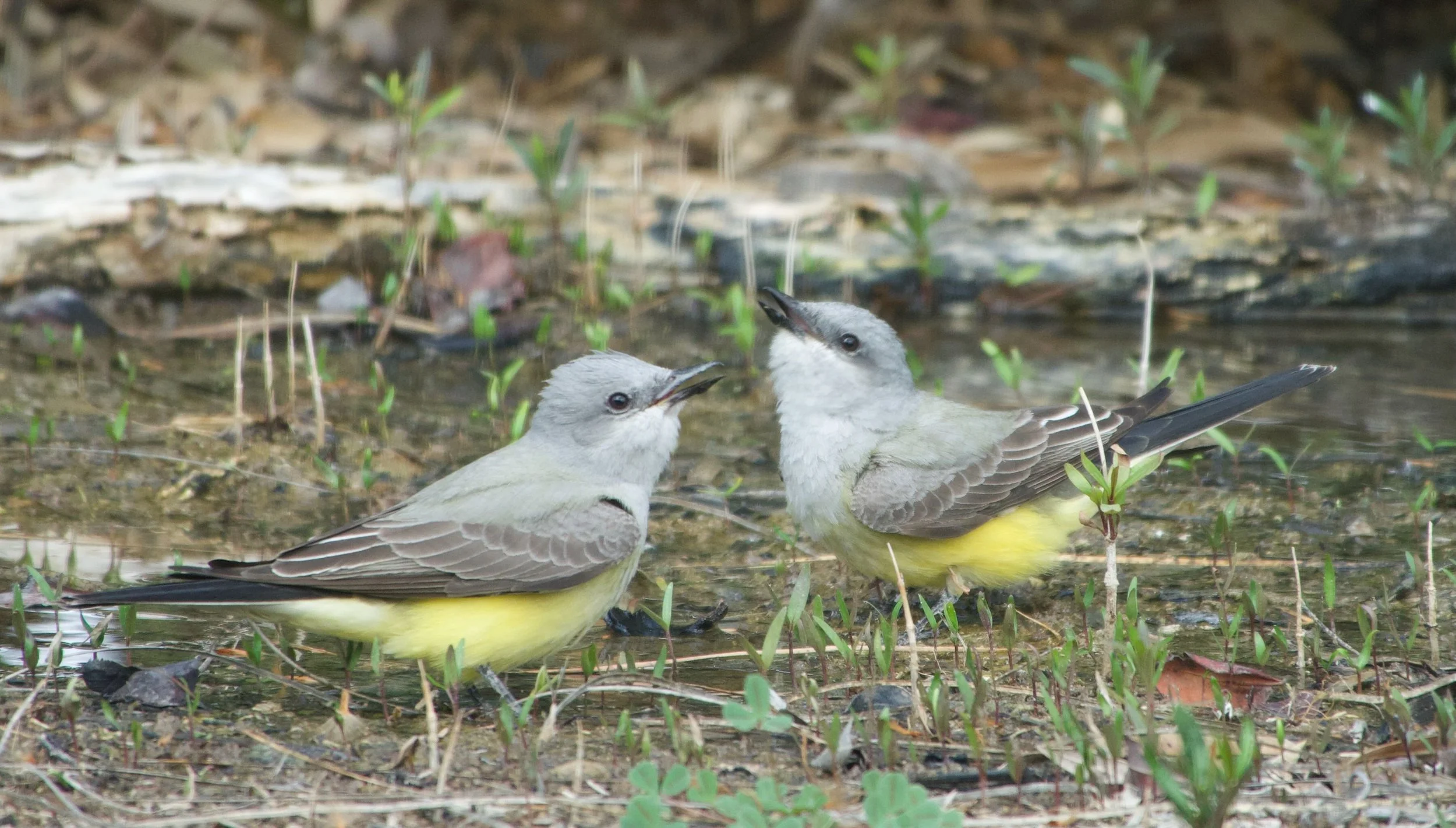
On Birding …
I got a bird that whistles
I got a bird that sings ~ Bob Dylan
In October of 2003 my husband and I lost our beautiful home in the historic mountain town of Julian, California in what was then the largest wildfire in California history. Along with the house went pretty much everything of mine including recently acquired family heirlooms, our wedding pictures, antiques, collectibles, vintage clothing, generations of jewelry, treasured books and lots of Dylan memorabilia including all the photos I had taken on the Temples in Flames tour that are mentioned in my book Seeing The Real You At Last. But that wasn’t all. The loss would turn out to be much larger than the blood and toil we’d invested after 10 years of making the place our dream home and the sudden transformation of all my prized possessions into dust. I felt as though I had lost my identity.
Just a couple of months prior to the fire, we’d purchased a small piece of land at auction that had a couple of dilapidated structures on it. The property was located in the remote recesses of the Anza-Borrego Desert just below Julian on the outer edge of an enclave of about a dozen houses that had somehow gained permission to be built in the State Park in the 1940s. The purpose of the purchase had been to create a respite to the cold and snowy winters at Julian’s 5000’ elevation. But, now, there was no home in Julian from which to retreat.
During its heyday in the 1950s, the front house on the new property had been a well-frequented, albeit unlicensed roadside stop — complete with a deli counter, cold beers and a jukebox — known to locals, passersby and even the Sheriff as My Place.
The rear structure, or as we now call it, the main house, was straight out of a Sam Shepard play with ill-fitted screened doors clanging as they closed, sparce period furnishings and these keyhole windows which offered only the tiniest rectangles of what when one stepped outside was a 1950s picture postcard of blooming red ocotillo, palm trees and yellow yucca stalks. 60 years earlier, the original owner had planted carob trees, a pepper tree, jacarandas and desert willows, and there were even the beginnings of a rock and cactus garden. It would take us about a year to make the space livable. And two years for me to build a new identity, this time from the inside out.
In September of 2005, I was awakened by a strong shaft of morning light streaming in through the newly enlarged bedroom window and saw an unusually colorful bird perched on an old cement birdbath I’d purchased at a yard sale. To my untrained eye, the bird looked almost tropical. Brightly colored in orange and black with a white face and gray wings, it had black spots seemingly everywhere. And then, it was gone! I grabbed a journal I’d been given recently and drew the bird, as best as I could remember it, down to its white cheeks and the two black stripes descending from its eyes like mascara-streaked tears. Soon, I would find out the bird was a small falcon called an American Kestrel.
I would also find out, that while the Kestrel was an expected visitor to this location, we were now living in a migration zone where birds from as far away as South America, Central America, Mexico and more, fly North overhead each spring as far off as to Alaska on their way to cooler temperatures to nest, and then fly back to their origins each fall, often making a stopover in our yard. The trees the previous owner had planted attracted the birds, as did the bird bath, and each year we would augment the yard by planting another tree or creating a different kind of water feature, and each year the list of birds visiting our yard grew.
In 2014, I began reporting my sightings, particularly the rare ones, to the Cornell Lab of Ornithology for scientific research, and a few years after that, I would officially become a San Diego Field Ornithologist. At present, I have over 100 documented rare bird sightings in the record books of birds I’ve seen that were either early or late in their migrations, or birds that have been rarely, if ever, seen in this neck of the woods. I also now have several bird journals filled with my morning ramblings, observations and drawings, and have even been lucky enough to have had some of my personal bird photos “published.”
This alternate plumaged male Western Tanager at Vallecito on 29 Mar was a clear spring migrant. There have been a number of late March records of migrants in the desert over the past decade, whereas the earliest arrival dates on the coastal slope are a week to ten days later.
Photo by Britta Lee Shain
The Skimmer, Vol 52, No 4 April 2025

